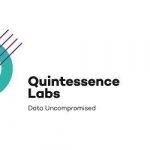Quantum News Briefs October 28: Herman asks ‘Can the US stop China’s quantum quest?’; Quantinuum scientists find new approach for optimizing and automating qubit reuse; NTT Scientists Demonstrate New Way to Verify Quantum Advantage + MORE
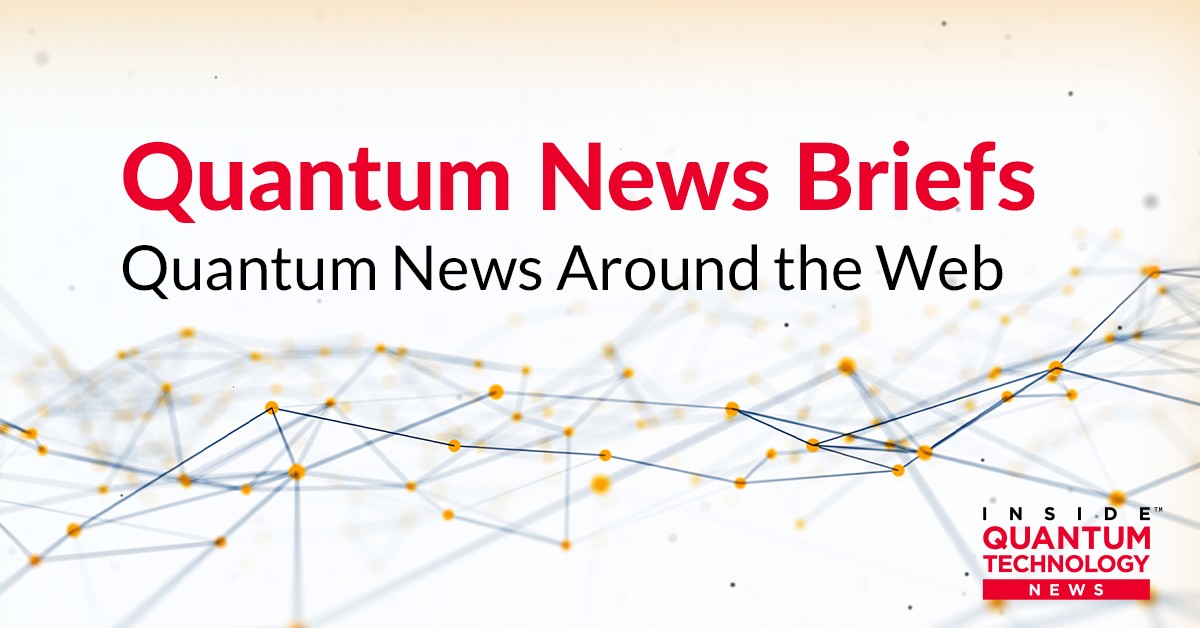
Quantum News Briefs October 28 begins with Arthur Herman’s article “Can the U.S. halt China’s quantum quest? followed by Quantinuum scientists finding new approach for optimizing and automating qubit reuse. Third is the announcement from NTT Research announcing their scientists have demonstrated a new way to verify quantum advantage + MORE.
*****
Herman: Can the U.S. halt China’s quantum quest?
 The United States may be poised to open a new front in its effort to block China’s access to our high-tech base, namely quantum computing. Quantum News Briefs summarizes Arthur Herman’s October 26 discussion from Forbes on how he believes the US government should work with industry to keep China from ruling the quantum future.
The United States may be poised to open a new front in its effort to block China’s access to our high-tech base, namely quantum computing. Quantum News Briefs summarizes Arthur Herman’s October 26 discussion from Forbes on how he believes the US government should work with industry to keep China from ruling the quantum future.
According to a recent report from Bloomberg, officials are discussing cutting China off from other made-in-USA technologies that feed its appetite for global hegemony at our expense. At the top of the list are artificial intelligence software and quantum computing.
The U.S. and particularly U.S. companies like IBM, Microsoft, Intel, and Google have been world-beaters in the development of quantum computers that will eventually be able to out-perform even the fastest supercomputers.
China has invested heavily—more than $12 billion— in closing the gap.
As the quantum computer industry sectors grows, China will find ways to leech onto developments by major quantum powers like the U.S., Canada, and European allies like Britain and the Netherlands. A report issued just last year detailed how the Delft University of Technology, a major hub of quantum research, has been unwittingly helping the Chinese military.
Critics to the Biden strategy will object that unlike semiconductors, quantum is still an emerging technology, and a heavy-handed approach to a quantum embargo will do more damage than good by hampering vital scientific research—even setting back American companies’ opportunities to cooperate with allies we can trust. and further argue that the best way to beat the Chinese in the quantum race is to secure our leadership in quantum computing and post quantum cryptography through funding and innovation, as well as to increase our efforts in areas like quantum sensing and quantum communications where China has established a lead—including quantum in space.
Those at the table should not be just the big companies like IBM and Microsoft but also the innovative mid-sized and even small-sized players who will lead the next generation of a truly vibrant quantum industry. The real issue now is how to expand the pushback to the quantum sector. That’s a question government bureaucrats shouldn’t take on by themselves. Look to industry to supply the answers, and to be the partner in keeping China from ruling the quantum future. Click here to read complete article.
*****
Quantinuum scientists find new approach for optimizing and automating qubit reuse
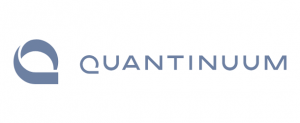 Quantinuum scientists have found a new way to reuse qubits that maximizes the size of programs that can be run on quantum computers with limited numbers of qubits. Quantum News Briefs summarizes an October 27 Medium article authored by Matthew DeCross, Eli Chertkov, Megan K. and Michael Foss-Feig.
Quantinuum scientists have found a new way to reuse qubits that maximizes the size of programs that can be run on quantum computers with limited numbers of qubits. Quantum News Briefs summarizes an October 27 Medium article authored by Matthew DeCross, Eli Chertkov, Megan K. and Michael Foss-Feig.
While this approach will benefit algorithms in the NISQ era, company researchers also expect it to scale as quantum computers gain additional qubits and become less error prone. The paper, Qubit-reuse compilation with mid-circuit measurement and reset, was authored by Quantinuum scientists Matthew DeCross, Eli Chertkov, Megan Kohagen, and Michael Foss-Feig. The research was recently published on arXiv.
The new technique offers an automated framework for compiling circuits to run on fewer qubits by mapping a circuit to a compressed version of itself using mid-circuit measurement and reset. According to the scientists, this technique will still be viable when quantum systems have achieved several thousand qubits. It is also device agnostic and can work with any circuits on any machine.
Qubit reuse is an essential ingredient of scalable quantum error correction protocols, which require repeated mid-circuit measurements and resets of ancilla qubits to measure error syndromes. Recently, reuse techniques have been used to experimentally prepare and time-evolve large tensor network states on trapped ion quantum computers and to study a nonequilibrium phase transition.
In previous studies, Quantinuum researchers have used this old labor-intensive approach to build compressed circuits for quantum tensor network simulations of materials. Click here to read original article.
*****
NTT Scientists Demonstrate New Way to Verify Quantum Advantage
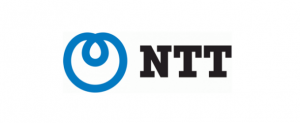 NTT Research announced on October 26 that a scientist from its Cryptography and Information Security (CIS) Lab and a colleague from the NTT Social Informatics Laboratories (SIL) have written a pathbreaking paper on quantum advantage.
NTT Research announced on October 26 that a scientist from its Cryptography and Information Security (CIS) Lab and a colleague from the NTT Social Informatics Laboratories (SIL) have written a pathbreaking paper on quantum advantage.
The co-authors of the paper, titled “Verifiable Quantum Advantage without Structure,” are Dr. Takashi Yamakawa, distinguished researcher at NTT SIL and Dr. Mark Zhandry, senior scientist in the NTT Research CIS Lab. The work was done in part at Princeton University, where Dr. Yamakawa was a visiting research scholar and Dr. Zhandry also serves as an assistant professor of computer science.
The topic of quantum advantage (or quantum speedup) relates to the kinds of problems that quantum computers can solve faster than classical, or non-quantum, computers and how much faster they are. A quantum computer may be able to solve a particular problem in a minute or a second that takes a classical computer a week, or possibly an unfathomably exponential amount of time. In this paper, the authors address the challenge of verifying this superiority, and doing so efficiently. To date, demonstrations of quantum advantage have involved significant “structure,” or back-and-forth communication among two or more parties. The breakthrough of the Yamakawa and Zhandry paper is to demonstrate an NP hard problem where verification is possible without structure.
NTT Research opened its offices in July 2019 as a new Silicon Valley startup to conduct basic research and advance technologies that promote positive change for humankind. Currently, three labs are housed at NTT Research facilities in Sunnyvale: the Physics and Informatics (PHI) Lab, the Cryptography and Information Security (CIS) Lab, and the Medical and Health Informatics (MEI) Lab. Click here to read original article sourced from NTT Research.
*****
Koc University’s Mehmet Cengiz Onbaşlı receives Proof of Concept Grant by European Research Council for new quantum materials & devices
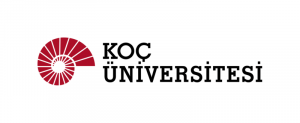 Dr. Mehmet Cengiz Onbaşlı of the Koç University Departments of Electrical and Electronics Engineering and Physics in Istanbul was awarded a Proof of Concept Grant by the European Research Council (ERC) for his project titled “2D Topological Superconducting Single Photon Detector Devices (SuperPHOTON)”. Quantum News Briefs summarizes the announcement below.
Dr. Mehmet Cengiz Onbaşlı of the Koç University Departments of Electrical and Electronics Engineering and Physics in Istanbul was awarded a Proof of Concept Grant by the European Research Council (ERC) for his project titled “2D Topological Superconducting Single Photon Detector Devices (SuperPHOTON)”. Quantum News Briefs summarizes the announcement below.
Dr. Onbaşlı and his team consisting of 12 highly skilled researchers aim to produce and commercialize new ultra-sensitive quantum light sensors, which are critical for the success and proliferation of quantum computers and quantum internet technology, which are among the most important research fields for the 21st century. Using the superconducting magnetic topological insulator materials, they have developed, the team measures the smallest particles of light at extremely low temperatures which are as cold as in the outer space between galaxies. With the high-quality production of these functional materials, they aim to commercialize an infrastructure which can act as a pre-pilot production site for Europe and the rest of the world.
Stating that the materials and the sensor mechanism to be used in the project will be a first in the world, Dr. Mehmet Cengiz Onbaşlı remarked that these differ from the previously developed superconducting single-photon detectors in that higher quantum efficiency and faster speeds might be obtained through the use of thin layers called novel magnetic topological insulator, which are several atoms thick.
Dr. Onbaşlı added that “The development of new quantum materials and devices requires dedicated and sustained effort and infrastructure.” These efforts led to the establishment of a pre-pilot single crystal 2D materials growth and device fabrication facility at Koç University. This facility is opened for the use of other researchers around the world for conducting high-quality materials research and quantum technology development.
*****
Sandra K. Helsel, Ph.D. has been researching and reporting on frontier technologies since 1990. She has her Ph.D. from the University of Arizona.


















